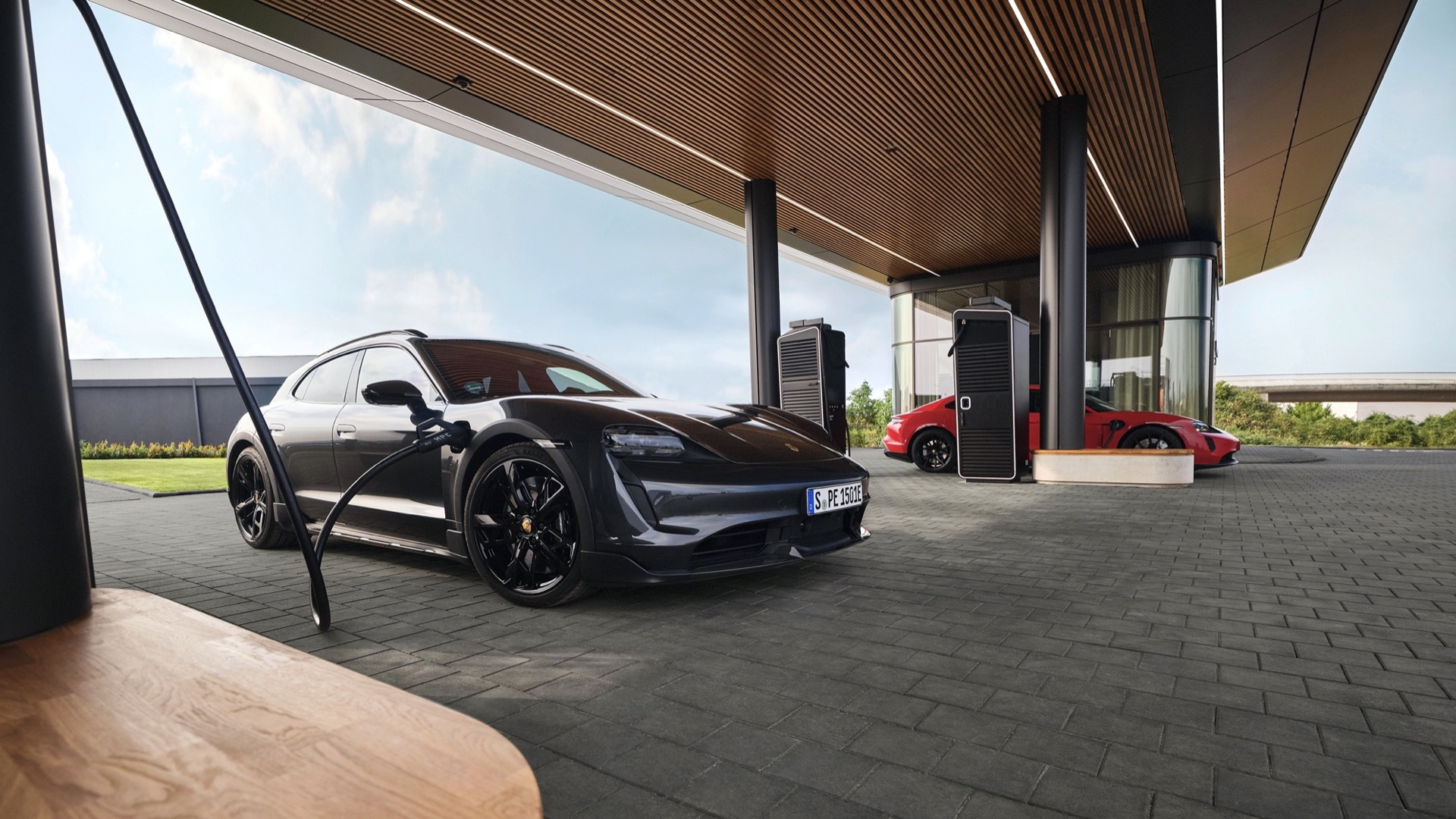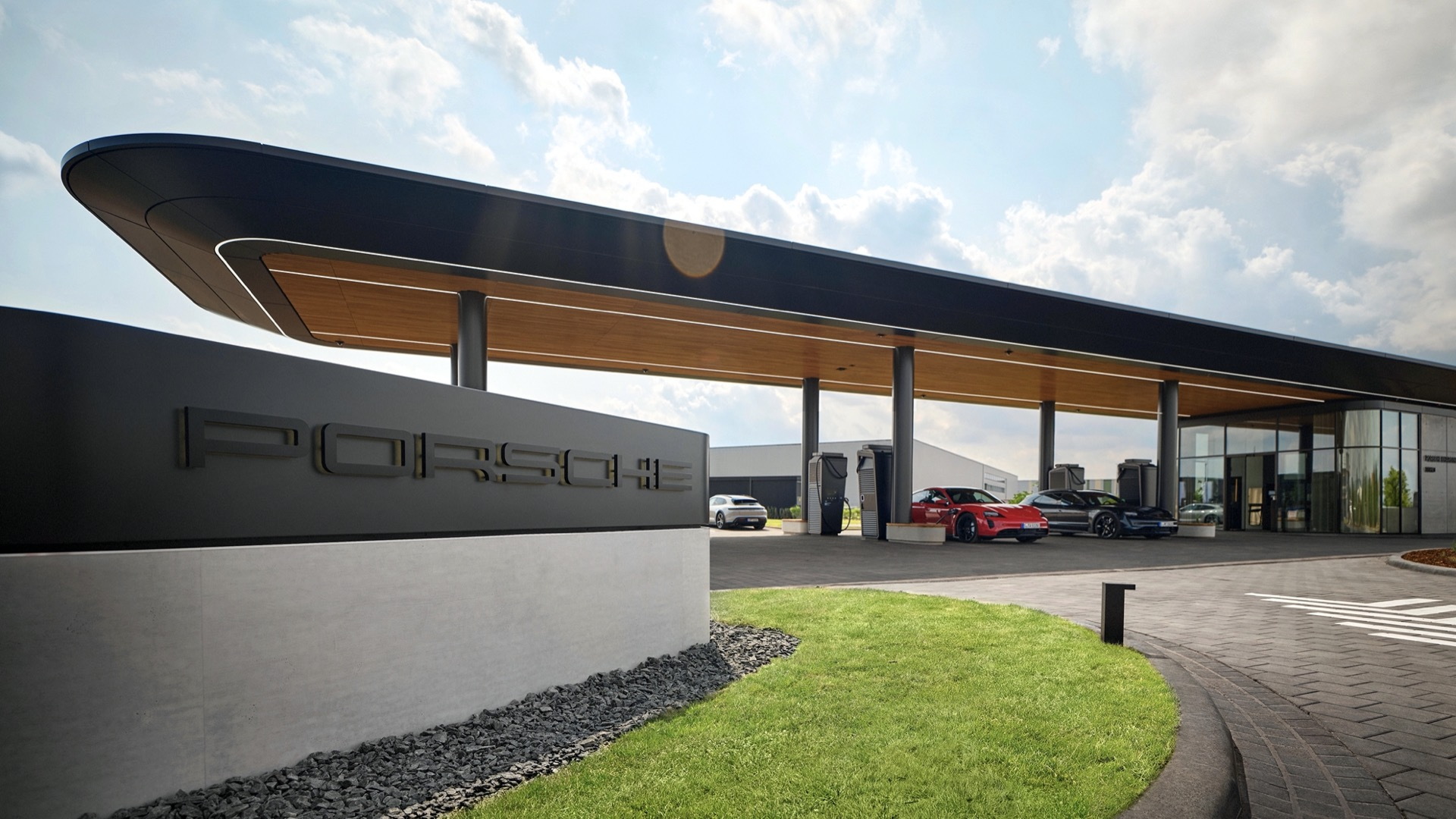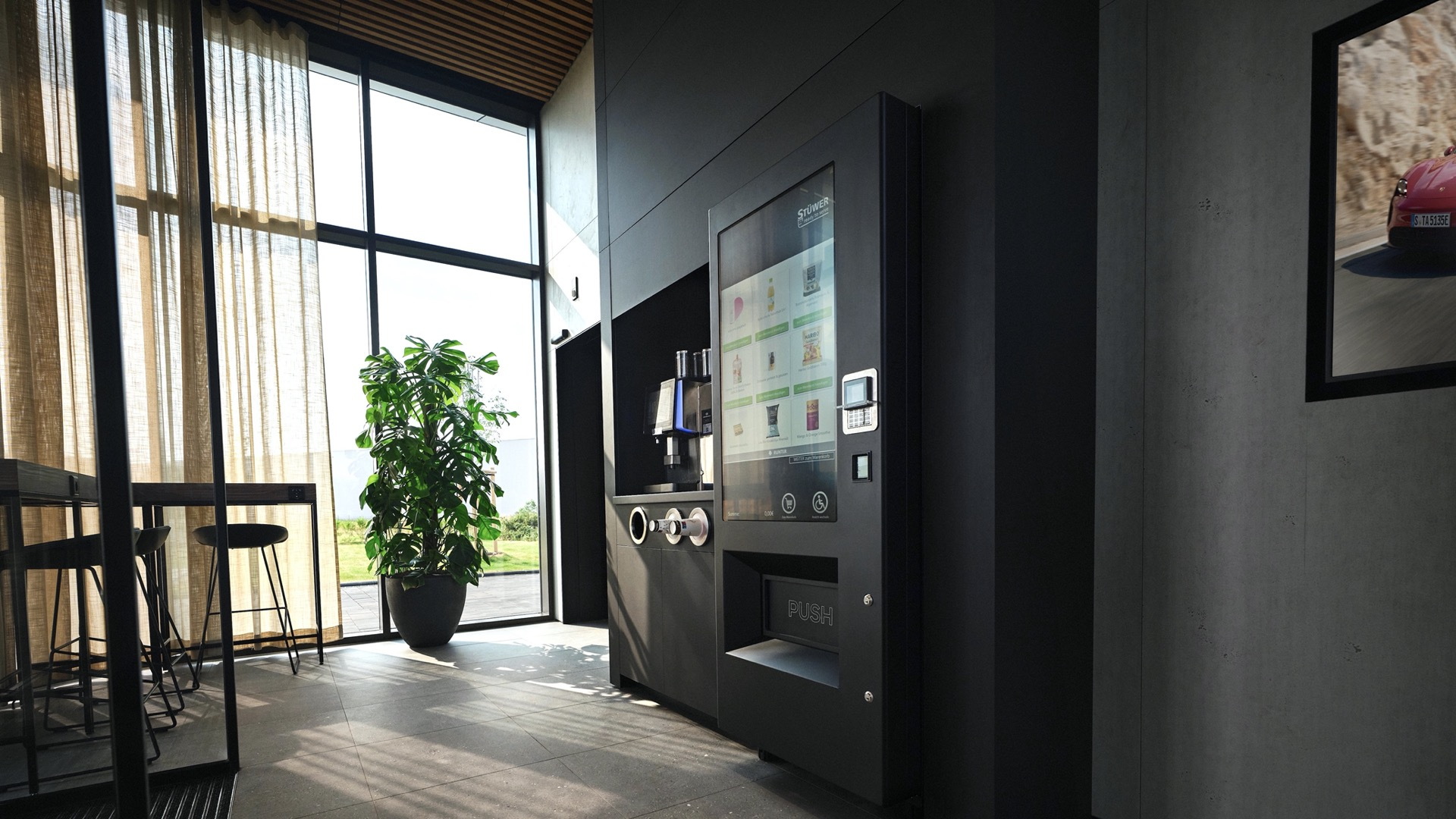Porsche earlier this week revealed more than just a first look at its lounge-like road-trip fast-charging stations, to be laid out along some top routes in Germany, Austria, and Switzerland.
Within details for these design-savvy charging oases there was a bigger technology reveal: Its EVs in the future, it hinted, may charge above 300 kw and perhaps closer to 400 kw.
That message came within how the automaker explained the charging hardware situated at these Porsche Charging Lounges. They’ll be “perfectly tailored to the requirements of Porsche drivers on long journeys,” the company explained. That means a current max charge power of 300 kw from the Alpitronic hardware at those stations, it explained, but it then stated: “By the start of next year, 400 kw per charging point should be possible.”
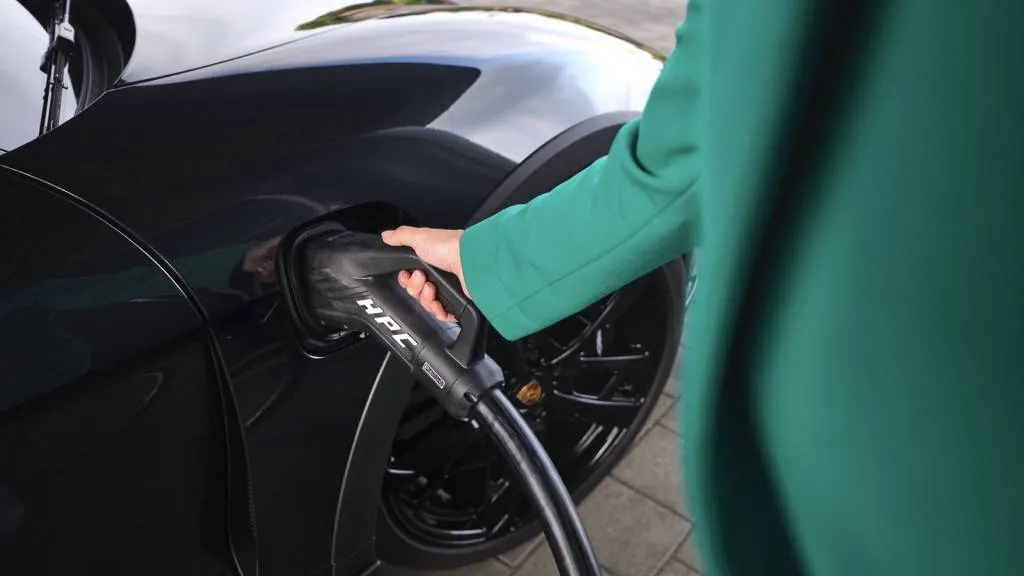
Porsche Charging Lounge, Germany
Since its launch, the Porsche Taycan has been capable of 800-volt DC fast-charging up to 270 kw—made more reproducible for 2022—offering a 5-80% charge in as little as 22.5 minutes.
The 2024 Porsche Macan Electric, which is due to go on sale in the first half of 2024 and built on the PPE platform jointly developed by Porsche and Audi, will inherit the Taycan’s 800-volt charging. But Porsche has suggested that PPE may be capable of a bit more.
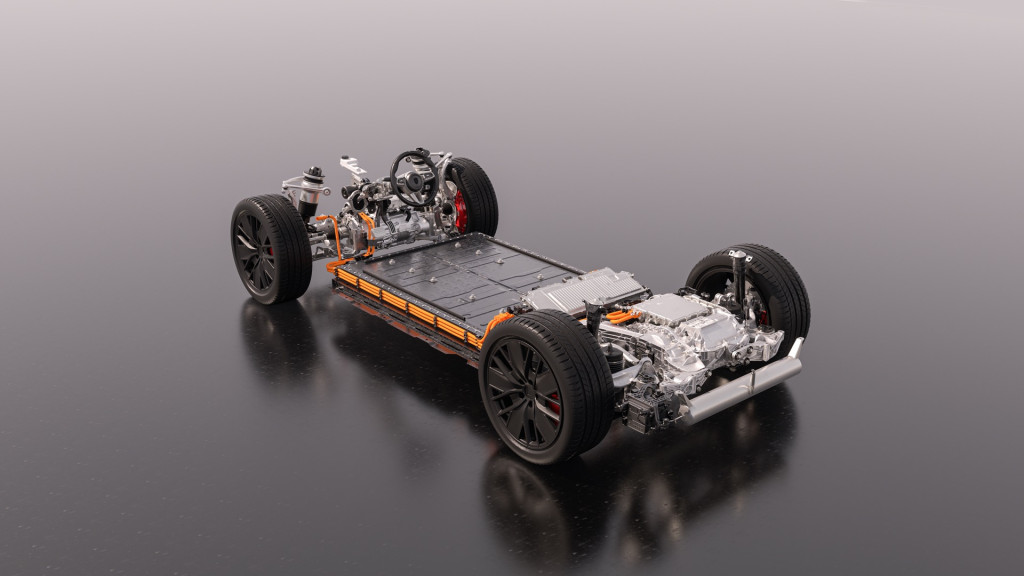
PPE platform for VW Group, developed by Porsche/Audi
While the Macan may stretch closer to 300 kw, it has to be another future vehicle that fast-charges at an even higher rate, taking advantage of those 400-kw connectors.
But the charger announcement may be teasing a product that’s yet to come and farther in the future. Will that be the Boxster-inspired electric sports car, which might include the 718 badge; a production version of the 900-volt Mission X concept the brand recently revealed; or another new EV from the sports-car brand? Or all of the above?
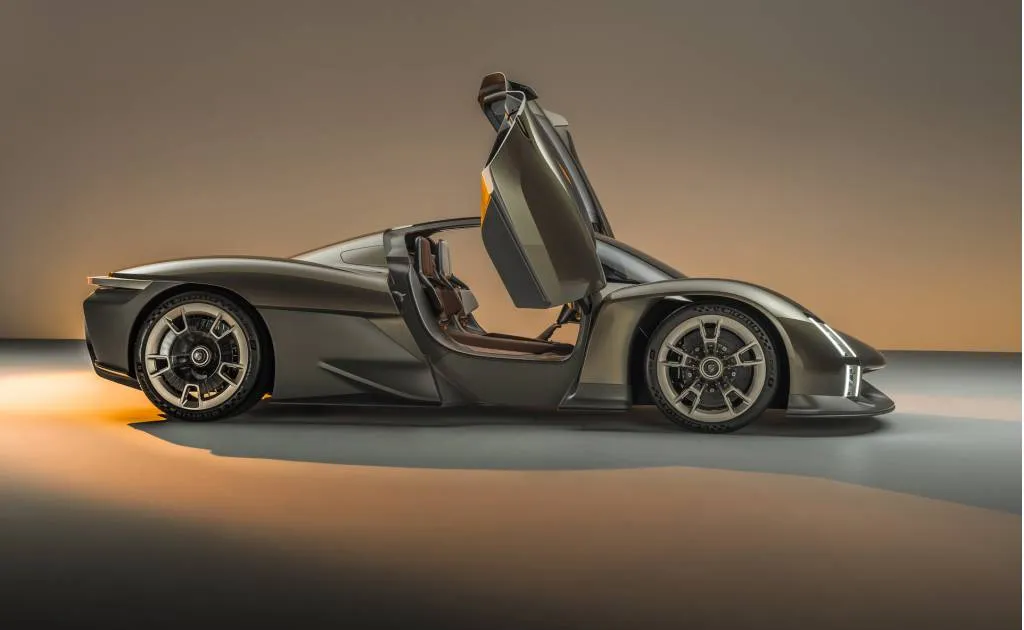
Porsche Mission X concept
Porsche has said that by 2030 over 80% of the vehicles it delivers globally will be fully electric—although it’s suggested that the last gasoline model it will make will be the 911.
That said, a model that might take advantage of a 400-kw connector might top out higher than the Lucid Air, which reaches a max just over 300 kw, and the GMC Hummer EV with the largest dual-layer pack, which can at times pull the full power from a 350-kw connector.
Such a model tapping the potential of a 400-kw connector might not be coming until 2025 or 2026, but when it does, then Porsche looks prepared with the infrastructure.
The Taycan is already approaching its intended gas-station refueling times—if the infrastructure’s there. With some carefully planned charging stops, one crossed the U.S. last year at real-world highway speeds with just 2.5 hours of charging.
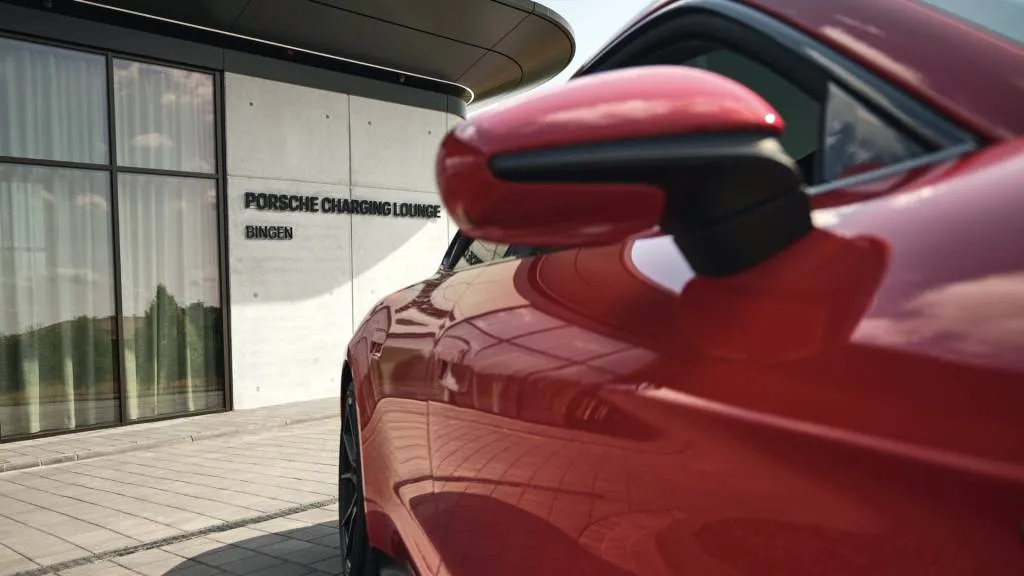
Porsche Charging Lounge, Germany
As for those lounges, Porsche aims to place them close to “busy routes with significant traffic flow,” make them open 24/7, barrier-free, and part of the Ionity network, and provide centralized billing and a very comfortable environment. If the images provided, showing woodgrain finishes, bright interiors, workout areas, and rooftop solar cells are any indication, it looks like a very pleasant environment compared to the edge of the Walmart parking lot or strip-mall access road.
Although Porsche has no plans to build these charging oases in the U.S. as of yet, fellow VW Group entity Electrify America offers 350-kw connectors at many of its 809 U.S. fast-charging locations. And the national fast-charging network set to be bankrolled by seven automakers, announced earlier this week, with 350-kw connectors as a baseline, will help support these even-faster-charging EVs.
